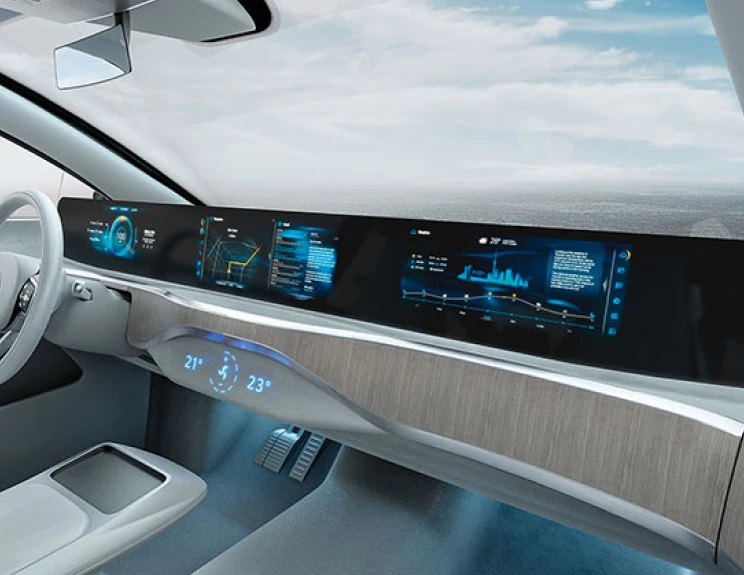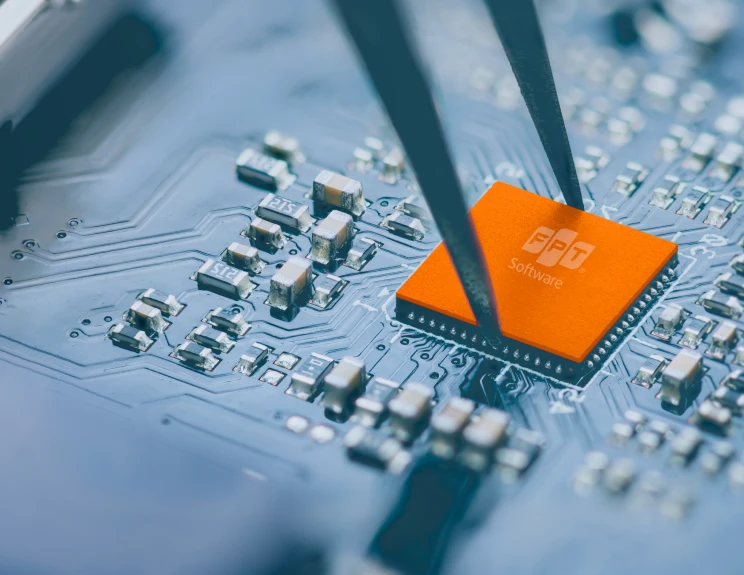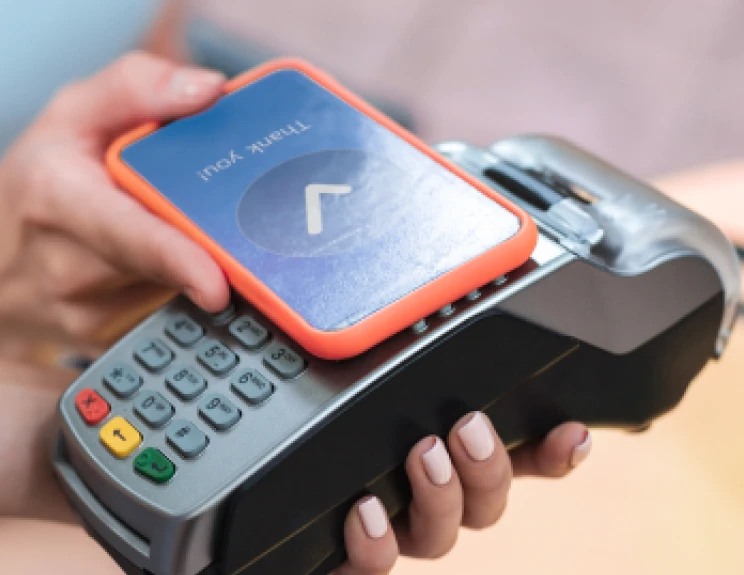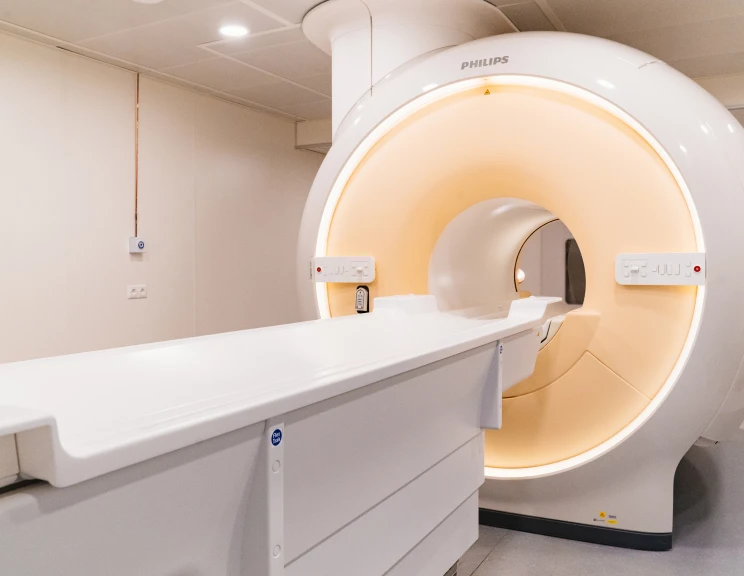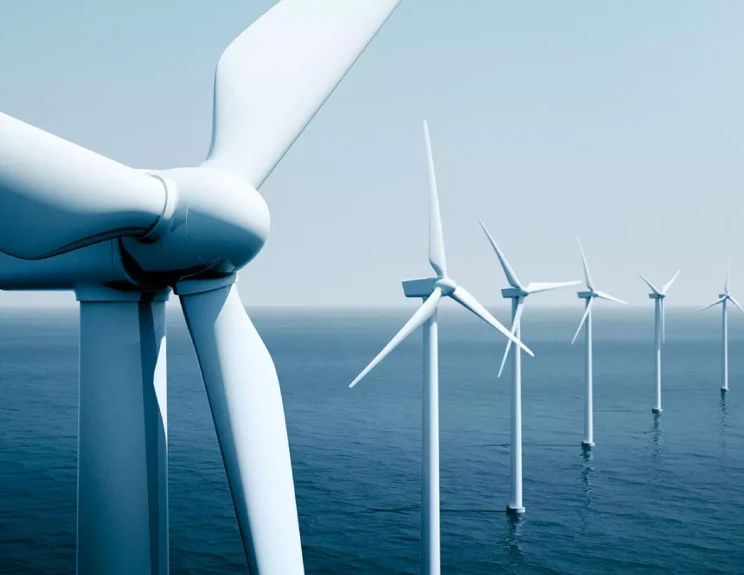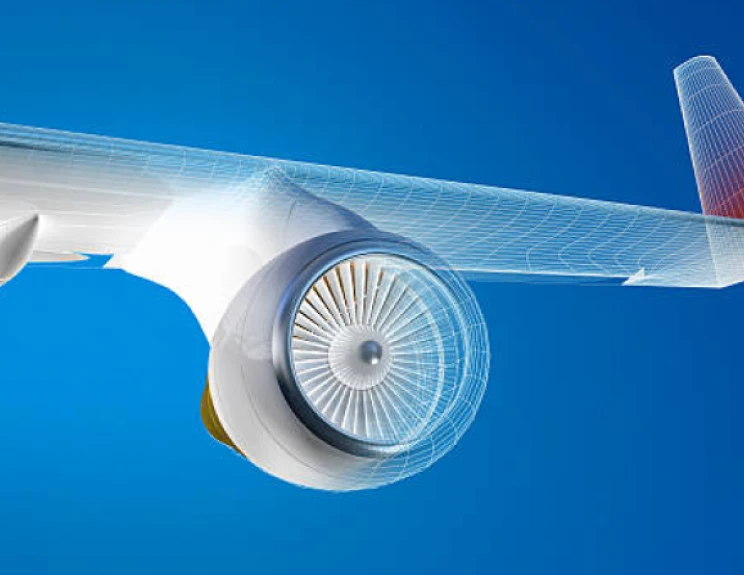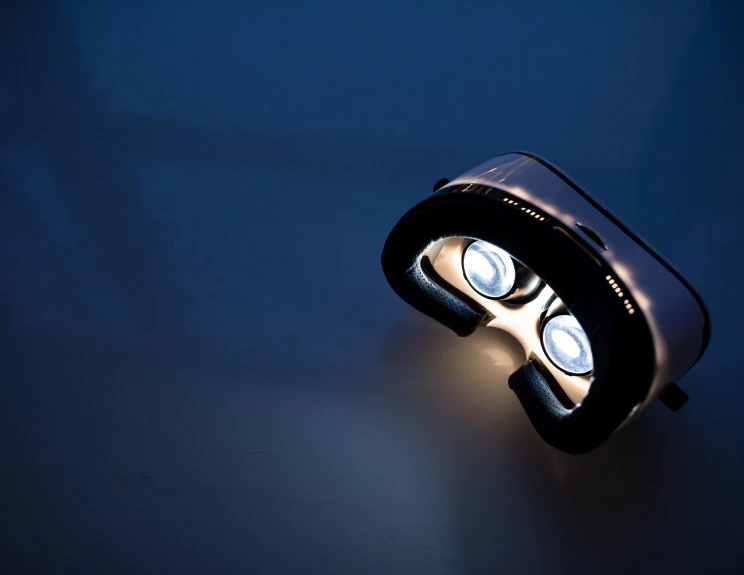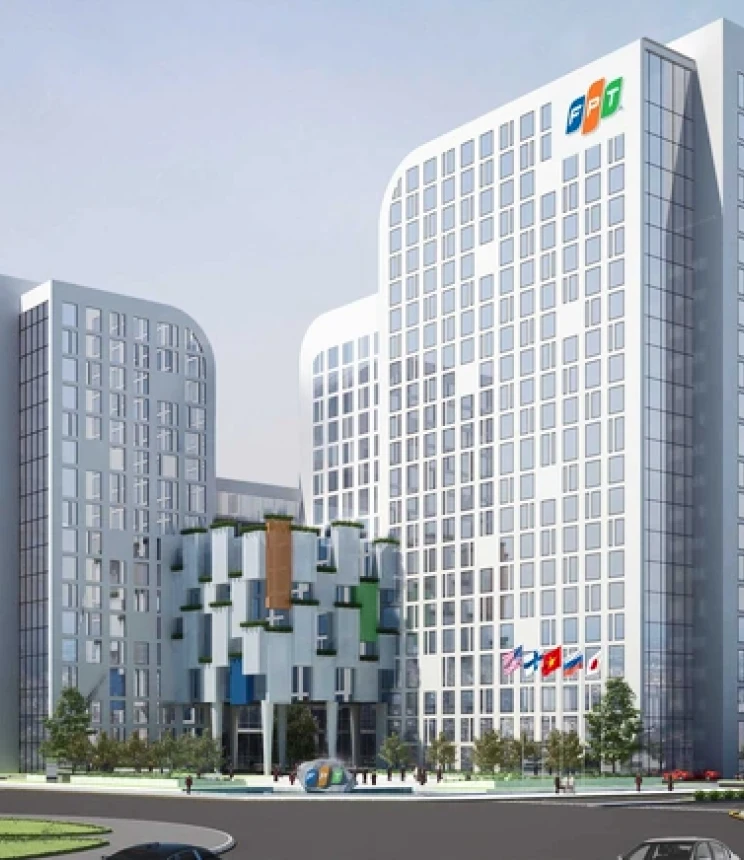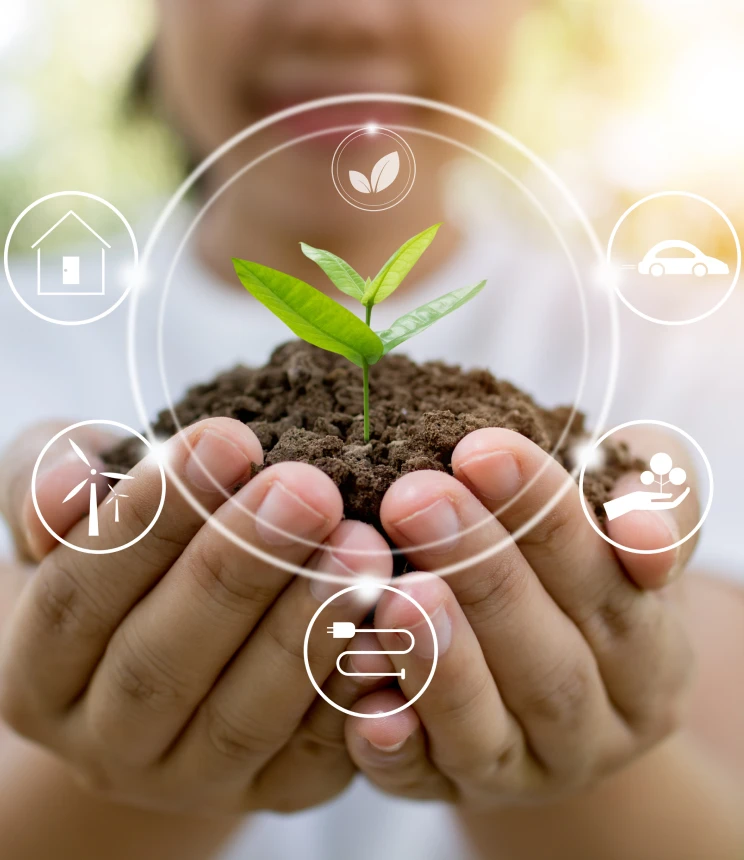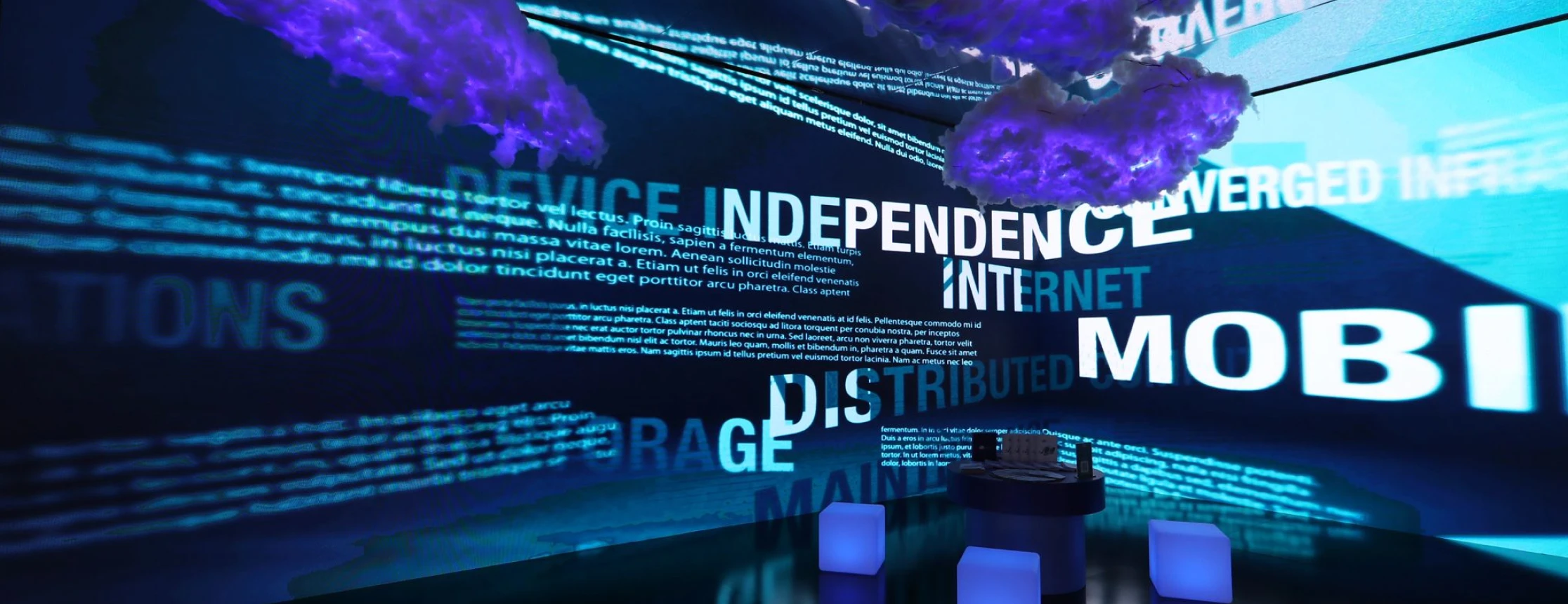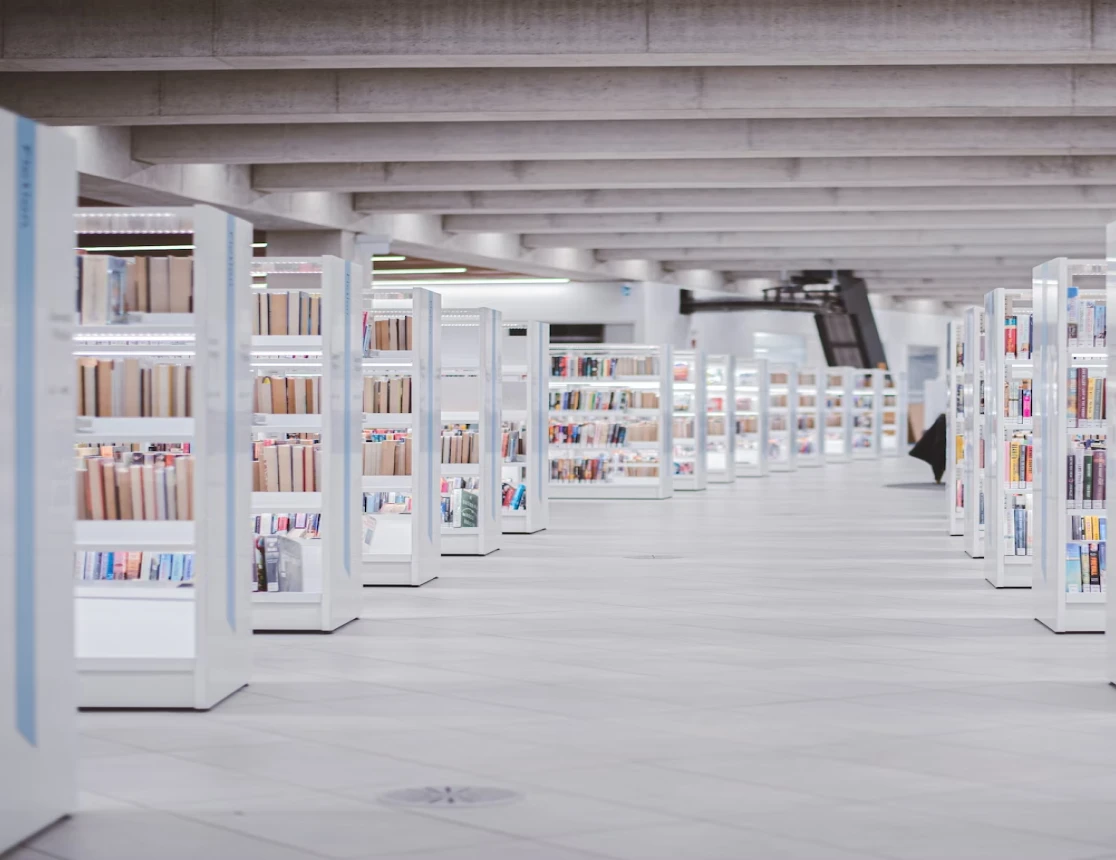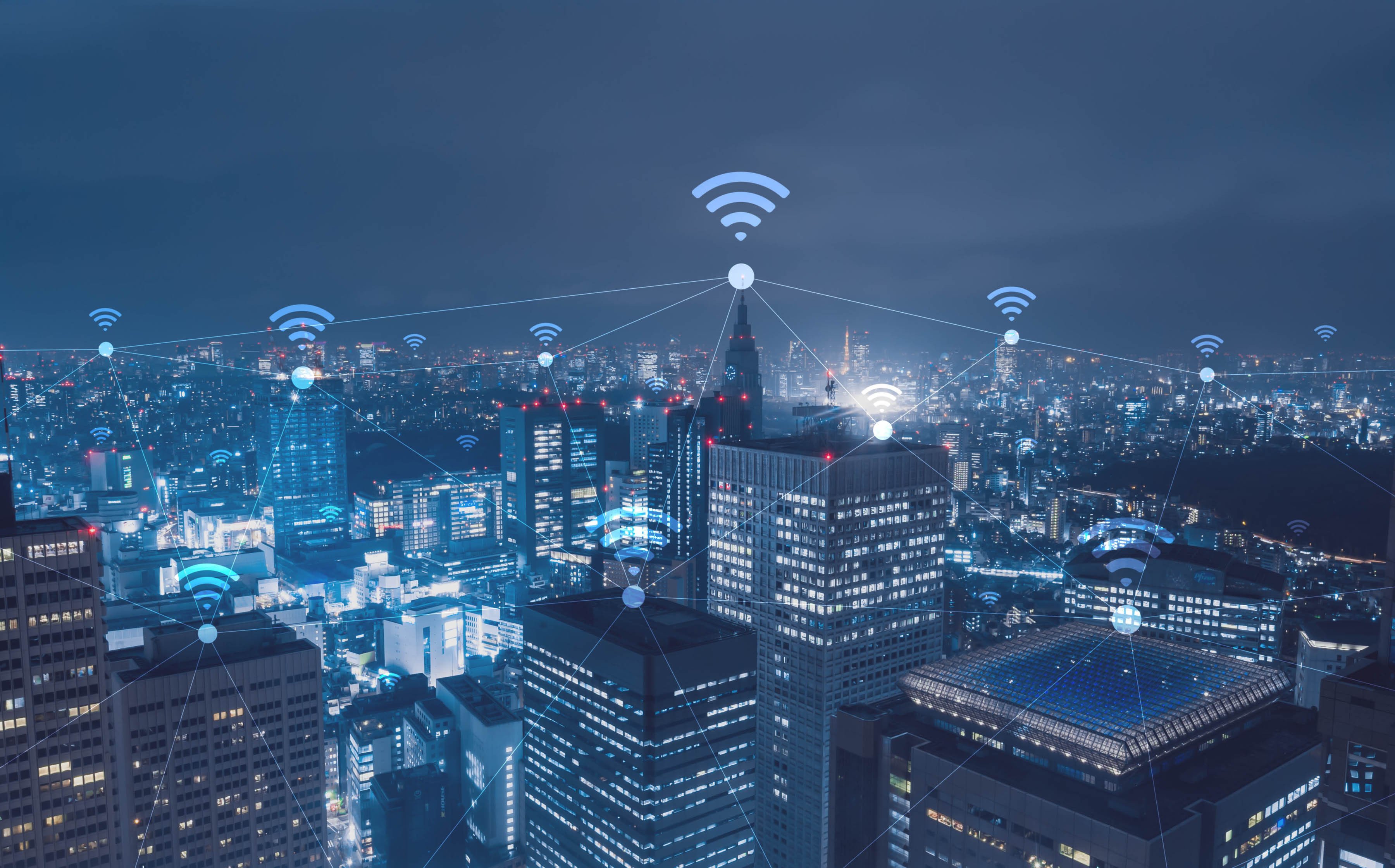
As urban populations continue to expand, the need for sustainable and efficient living environments is more crucial than ever. Smart cities, with IoT at their core, are emerging as a response to this challenge. By effectively leveraging IoT applications, smart cities can ensure the optimal use of public resources, enhance service quality, and reduce costs, thus contributing significantly to sustainability.
The Sustainable Growth of Smart Cities: A Necessity Amidst Urbanization
Often seen as a sign of economic prosperity, urban cities are growing at an unprecedented rate. Indeed, by 2050, nearly 70% of the global population is projected to reside in urban areas, with China anticipating 221 cities housing over 10 million residents each by 2025. However, these cities, while occupying just 2% of global territory, consume 75% of resources and emit 80% of greenhouse gasses [1].
Smart cities, which use advanced technologies and data analytics, are the response to the challenges of escalating urbanization. These cities harness advanced technologies and data analytics to strike a balance between rapid urban growth and sustainability. The goal is to evolve city management models to boost economic performance, societal well-being, environmental care, and overall city welfare. This transformation prompts sustainable behavior across all stakeholders—residents, businesses, and governance. By refining city processes and citizen engagement, smart cities not only optimize public budgets but also pave the way for innovative business models, establishing a fertile ground for innovation.
Given its role in securing global sustainability, smart cities are witnessing a steady growth. According to the United Nations, by 2050, smart cities are set to house 70% of the global population. While a universally accepted definition of a smart city remains elusive, over 140 such cities exist globally, with this number on the rise [2]. Valued at USD 656.8 billion in 2022, the global smart cities market is projected to witness a CAGR of 25.8% from 2023 to 2030 [3]. Factors propelling this growth include mounting urbanization, the pressing need for efficient resource management, concerns over public safety, and a rising demand for energy-efficient environments.
Internet of Things (IoT) – Gateway to Building Smart Cities
Smart cities aim to enhance urban life by integrating advanced technologies and data analytics to streamline city functions and promote sustainable development. Key to smart city infrastructure is the Internet of Things (IoT), which serves as the backbone for connecting various urban systems and services. The significance of IoT in smart cities is evident from the projected growth forecast by Markets & Markets, indicating a CAGR of 19%, with the global market expanding from $130.6 billion in 2021 to an impressive $312.2 billion by 2026 [4].
Within this smart city framework, IoT plays a pivotal role by enabling devices to interact and share data seamlessly. IoT sensors, scattered throughout the urban terrain, gather data from inhabitants, public utilities, and other infrastructural elements. As the digital world anticipates connecting more than 75 billion devices by 2025, this plethora of data will drive further innovations [5]. The collected data undergoes analysis to fine-tune energy consumption, streamline traffic, bolster public safety, enhance service delivery, and ultimately support informed decision and policy-making. While smart cities leverage a variety of technologies—such as AI, machine learning, cloud computing, GIS, and 5G networks—IoT stands at the epicenter, providing the crucial connective tissue that links these disparate systems. It enables the city to function as an integrated, intelligent ecosystem, thereby helping to improve the quality of life for its inhabitants.
IoT in Smart Cities: How it Works?
Data-Driven Environmental Management
The cornerstone of smart city initiatives is data-driven environmental management, and IoT plays an indispensable role in this aspect. IoT-enabled sensors collect a wide array of data on variables like weather, air quality, water levels, and energy usage, enabling data-informed decisions for sustainable development and optimal resource allocation.
1. Air Quality Monitoring
Take, for example, the GreenIoT project in Uppsala, Finland. This initiative deploys sensors on public transport vehicles to measure air quality indicators such as nitrogen dioxide (NO2) and carbon monoxide (CO), as well as temperature, humidity, and pressure. These sensors successfully sent 70% of the captured air quality data in real-time and managed to send the remaining 30% through storage functionality [6]. The system integrates this information with context-aware data from citizens' smartphones, enabling highly accurate, individual-level assessments of exposure to air pollutants. This comprehensive data aids both city planners and citizens in making environmentally conscious choices [7].
2. Energy Management via Smart Grids
Smart grids, a modern electrical system leveraging digital technology, are redefining the energy management landscape. At their core are smart meters: wirelessly connected devices equipped with advanced IoT sensors. [8] Unlike their traditional counterparts, these meters offer a real-time, rich snapshot of energy usage, playing a pivotal role in mitigating costs associated with power outages, which the US Department of Energy reports can climb up to $150 billion annually for American businesses [9]. The continuous stream of data from these meters enhances utilities' predictive accuracy, ensuring a harmonious dance between demand and supply. It also paves the way for utilities to share insightful consumption patterns, nudging customers towards sustainable habits. The impact is profound: swift demand responses, streamlined operations, efficient resource allocation, and bolstered customer relationships. Highlighting their transformative impact, estimates from Transforma Insights Connected Things TAM forecast suggest a global deployment of a whopping 2.2 billion smart meters by 2030, propelled by government sustainability initiatives. [10]
In Malmö, Sweden, a state-of-the-art implementation includes the installation of 35,000 commercial solar panels, which together constitute Europe's largest Photovoltaic (PV) roof system. Connected to smart grids, these solar panels are expected to power 5,000 homes and reduce carbon dioxide emissions by 6,000 tons [11]. The grid's digital architecture allows citizens to control their energy consumption, even producing their own renewable energy—like solar power. Residents receive real-time data on renewable energy supply and electricity costs via their smartphones, allowing for smarter, more sustainable choices like optimal times for electric car charging. [12]
Integrated IoT Solutions for Smart and Sustainable Urban Mobility
The integration of Internet of Things (IoT) technology has become a game-changer for urban mobility, providing innovative solutions for efficient traffic management, public safety, and transportation. One pivotal application is in the realm of connected vehicles, which utilize IoT sensors and GPS for various features, including voice search and location services. These vehicles contribute to Vehicular Area Networks (VANETs), a system enabling seamless communication among vehicles as well as between vehicles and the city's infrastructure. This capability is crucial for proactive traffic management, reducing travel times, and improving road safety [13].
For example, in Rio de Janeiro, a comprehensive public-private partnership initiative has been rolled out, incorporating 450,000 smart street lights, 5,000 Wi-Fi hotspots, 4,000 waste sensors, 6,000 traffic lights, and 10,000 cameras. These technologies collectively contribute to intelligent traffic management and public safety, with the capability to manage some 25,000 devices and sensors via Wi-Fi hotspots [14]. Moreover, the Operations Centre (COR) in Rio de Janeiro serves as a central hub for diverse data collection. Operating across 103 communities, the COR uses over 160 sirens, 80 automatic rain gauges, and approximately 200 support points to collect and process data on transportation, public safety, environmental conditions, and energy efficiency. This system not only integrates this vast data but also disseminates risk alerts and warnings to residents in high-risk areas through SMS and sirens [15].
At the same time, other cities are employing IoT for sustainable urban development. For instance, Odense in Denmark has incorporated rain sensors in traffic lights along their SuperBike Highway. These sensors, in collaboration with two motion detectors, register when bikes are within 70 meters of an intersection, automatically prolonging the green light by up to 20 seconds during rainy days. This incentivizes cycling by making it a more convenient and less bothersome commuting option [16].
Similarly, Zurich, Switzerland, has significantly reduced energy consumption by installing smart, sensor-equipped streetlights that adjust their brightness based on traffic conditions, achieving energy savings of up to 70%. These streetlights also host additional sensors for environmental data collection and provide public Wi-Fi [17].
Paving the Way for Future Sustainability
Global cities are increasingly adopting IoT technologies to build smarter, more sustainable urban spaces. Yet, this is just the beginning of a tech-driven era that requires integrated systems, standardized data, and cross-agency cooperation for seamless functioning. It's crucial to document and share the insights gained from these early initiatives for continual improvement. Additionally, long-term success demands not just innovative solutions but also sustainable business models and partnerships that ensure scalability and viability beyond the initial stages.
Reference
[1] https://www.telefonica.com/en/communication-room/blog/why-do-we-need-smart-cities/
[2] https://sustainabilitymag.com/articles/top-10-smart-cities-in-the-world-in-2023
[3] https://www.grandviewresearch.com/industry-analysis/smart-cities-market
[4] https://www.marketsandmarkets.com/Market-Reports/iot-smart-cities-market-215714954.html
[5] S.R.J. Ramson, S. Vishnu, M. Shanmugam, “Applications of internet of things (IoT) – an overview, in: In 2020 5th International Conference on Devices, Circuits and Systems (ICDCS), Mar. 2020
[6] http://uu.diva-portal.org/smash/get/diva2:1275339/FULLTEXT01.pdf
[7] https://user.it.uu.se/~eding810/GreenIoT/GreenIoT-InternetComputing.pdf
[8] https://www.digi.com/blog/post/what-is-the-smart-grid-and-how-enabled-by-iot
[10] https://transformainsights.com/research/reports/electricity-smart-meters
[11] https://www.eon.com/en/business-customers/success-stories/hyllie-project.html
[12] Malmö Stad, Climate-Smart Hyllie — Testing the Sustainable Solutions of the Future, Swedish Energy Agency, 2013;
[13] Saleem, M. A., Shijie, Z., & Sharif, A. (2019). Data Transmission Using IoT in Vehicular Ad-Hoc Networks in Smart City Congestion. Mobile Networks and Applications
[15] https://www.centreforpublicimpact.org/case-study/ioe-based-rio-operations-center
[16] https://stateofgreen.com/en/news/10-examples-of-green-mobility-in-cities/
[17] https://www.greaterzuricharea.com/en/news/zurich-expertise-smart-cities-around-world




